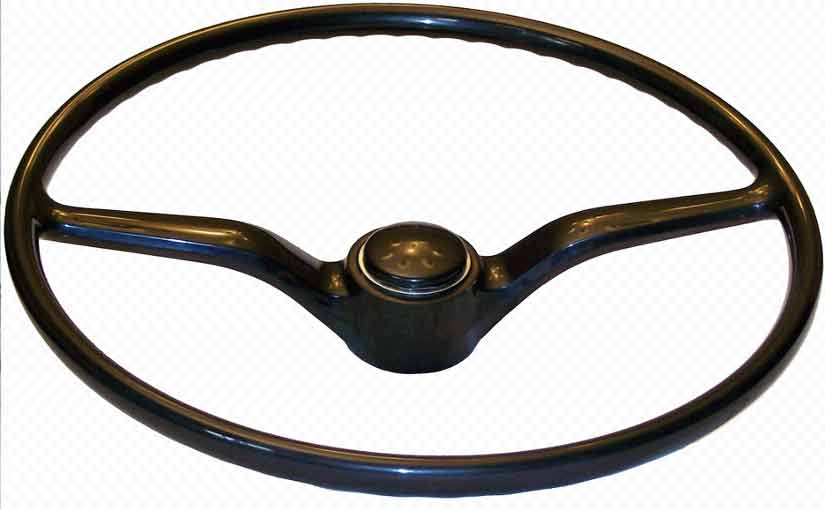A septic system sand mound is an alternative to the more common septic leach field and is usually constructed where a typical design is not suitable due to drainage or other influencing factors. As with any septic design, sand mounds may experience functionality issues that will require attention in a timely fashion so as to ward off costly repairs. It is a system that is seen as a leach field that is engineered to be used in places where the septic system is always bound to fail because of soils that have very high or very low permeability, soil types that have a water table that is seasonally high, and soil types that have a shallow or thin covering over a porous bed.
What happens in the sand mound is that the primary wastewater treatment in the leach field is done by the biofilm around the hole-filled drain tile. If the absorption of the liquid is too slow, then there will be a cooling of wastewater on the surface area. On the other hand, if the absorption of the liquid is too fast, or the bedrock is fractured for some reason, the wastewater is not purified by the biofilm before it reaches the water table. In the end, the aquifier is contaminated.
The sand mound system really gives an ideal environment for the biofilm to thrive. There is balance in it when it comes to permeability, assuring the slow and efficient absorption of the wastewater before having it released as purified or treated water to be used by the surrounding plants. This septic system could really last for years but there will always be times when busy homeowners will be able to neglect its care and maintenance.
Some techniques in repairing sand mounds are replacing the type of soil that was originally used, replacing the type of fabric that you used to cover the mound, and removing the large, woody plants that surround or cover the mound. The type of soil that you use in the sand mound system should have just the right rate of permeability so that the biofilm will be able to filter the wastewater first before it reaches the water table. If you notice that the grass in the surrounding area is turning yellow, then this is evidence that the wastewater is not efficiently filtered. The construction fabric should be replaced if the sand mound is not functioning well during the winter months because the entire system is frozen already. Prevent the freeze-over by checking the fabric before winter comes. Another technique is to rid the mound of shrubs or trees that may be on or around the mound. The roots of these types of plants cause damage to the system itself through clogging of the pipes where their roots grow into.
Diverting greywater, while not considered a direct repair to the mound, is another way to take some of the stress off of the system. Added fluid pressures will interfere with the normal decomposition process leading to a snowball effect blockage wise.
Having a sand mound system in your yard can be quite challenging to design and install and the costs can become astronomical in some areas. But just like any other wastewater treatment facility, it should be well-cared for and maintained so that you can be sure of its efficient function and long lifespan. Of course, it could only be anticipated that there will be high costs when repairs set in so you have to be prepared. The expense depends on the extent of the damage that your sand mound has acquired and most often revolves around depreciated absorption of effluent. You could ask the service man in your area for quotations on the repairs that it needs, but self remediation is always a viable alternative due to potential costs. It is your duty as a responsible homeowner to maintain the system and you can always ask a restoration or maintenance professional for advice. Professional remediators can offer sound guidance and assistance to help you go through any hiccups or trouble times your system may experience.

